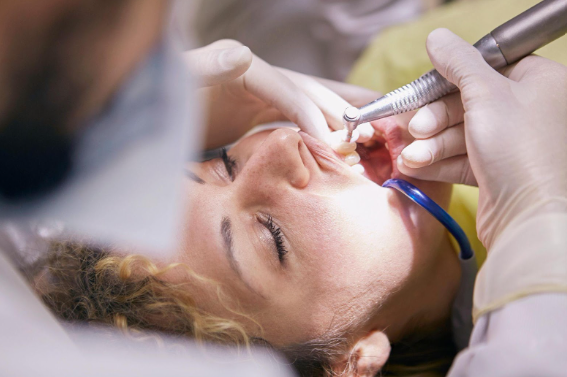Gateway Family Dental Blog
Care for Permanent Retainers: A Complete Guide to Long-Term Oral Health

A straight smile is often the result of years of orthodontic treatment, and permanent retainers help keep it that way. These thin wires, usually fixed behind the teeth, prevent them from shifting back to their old positions. While they are designed to stay in place for many years, they still require proper care. Without regular cleaning and attention, a permanent retainer can trap food and plaque, leading to dental problems.
Here’s how to take care of permanent retainers, the challenges that come with them, and the best practices to keep both your retainer and teeth healthy.
What Is a Permanent Retainer?
A permanent retainer is a wire bonded to the back of the teeth, most often the lower front teeth. Unlike removable retainers, you cannot take them out on your own. Orthodontists recommend them to maintain alignment after braces or clear aligners. Because the retainer sits in a fixed position, it works around the clock to prevent teeth from shifting.
While convenient, permanent retainers require a different kind of maintenance compared to removable ones. Since they are attached to the teeth, cleaning around them becomes a daily responsibility.
Why Care for a Permanent Retainer?
Permanent retainers protect the investment you made in orthodontic treatment. If neglected, plaque and tartar can build up around the wire, increasing the risk of gum disease and cavities. Over time, poor care may even weaken the bond holding the wire in place, which can cause it to break or come loose.
Good care helps you:
- Keep your teeth and gums healthy
- Maintain the alignment of your teeth
- Avoid costly repairs or replacements
- How to Brush Around a Permanent Retainer
Brushing with a permanent retainer requires a little extra attention. Use a soft-bristled toothbrush and angle it to reach above and below the wire. Spending more time on these areas helps reduce the buildup of plaque. Electric toothbrushes can also be helpful, as they make it easier to reach tight spaces.
It is important to brush twice a day and pay attention to the back of your lower front teeth, since this is where plaque often collects around the retainer.
How to Floss with a Permanent Retainer
Flossing is often the biggest challenge with a permanent retainer. Regular floss cannot pass between the wire and the teeth, so you may need tools such as floss threaders or orthodontic flossers. These make it possible to guide the floss under the wire and clean between your teeth.
Water flossers are another option. They do not replace traditional flossing but can be a practical way to flush out food and bacteria around the retainer. Daily flossing helps keep your gums healthy and prevents buildup in areas that
brushing alone cannot reach.
How to Manage Food Choices
Permanent retainers can withstand everyday eating, but some foods pose risks. Sticky or hard foods may pull at the wire or weaken the bonding material. Being mindful of your food choices helps keep your retainer intact and reduces the chance of damage.
How to Spot Problems with a Permanent Retainer
Even with good care, retainers can sometimes break or come loose. Signs of a problem include:
- Feeling the wire move or shift
- Noticing rough edges against your tongue
- Seeing gaps between the wire and teeth
If any of these happen, it is important to visit your orthodontist promptly. Ignoring a broken retainer can allow your teeth to shift out of place.
How to Maintain Dental Check-Ups
Routine dental visits are an important part of caring for permanent retainers. During cleanings, your dentist or hygienist will remove tartar that builds up around the wire. They can also check if the retainer is still properly bonded to your teeth. Regular checkups help catch small problems before they turn into bigger ones.
How to Keep Long-Term Oral Health
Caring for a permanent retainer is not just about protecting the wire. It is also about protecting your overall dental health. Combining good brushing and flossing habits with professional cleanings helps you avoid gum problems and tooth decay. When cared for properly, a permanent retainer can last many years without needing repairs.
Final Thoughts
Permanent retainers are a reliable way to preserve the results of orthodontic treatment. With daily care and regular dental visits, they can serve you well for many years. Brushing carefully, learning how to floss around the wire, making smart food choices, and paying attention to changes are all part of proper maintenance.
If you notice discomfort, breakage, or loosening of your retainer, scheduling a visit with your orthodontist right away will help prevent further issues. A small effort each day keeps your retainer working as it should and your smile in good shape.
At
Gateway Family Dentistry, we provide expert care for permanent retainers to help you protect your smile for years to come. Whether you need a routine cleaning, a repair, or guidance on daily care, our team is here to support you. Call us today to
schedule your appointment and keep your smile healthy and confident.




